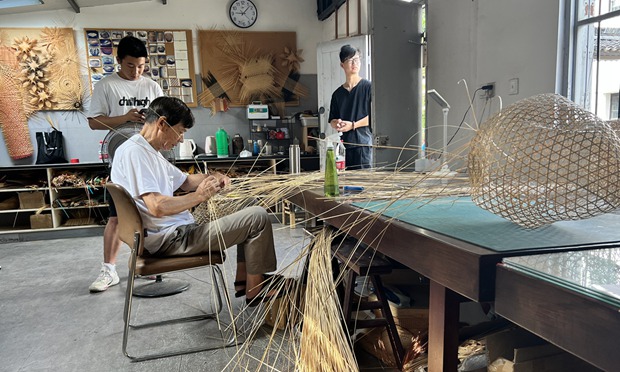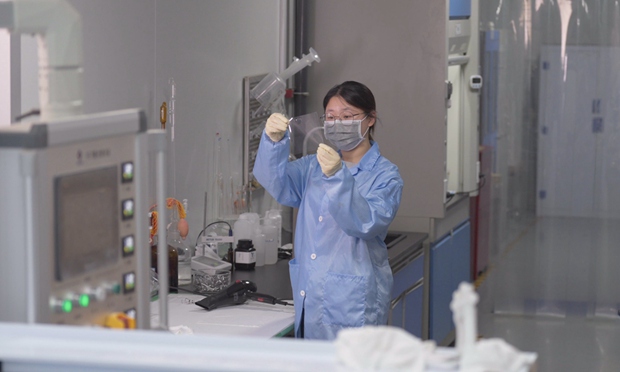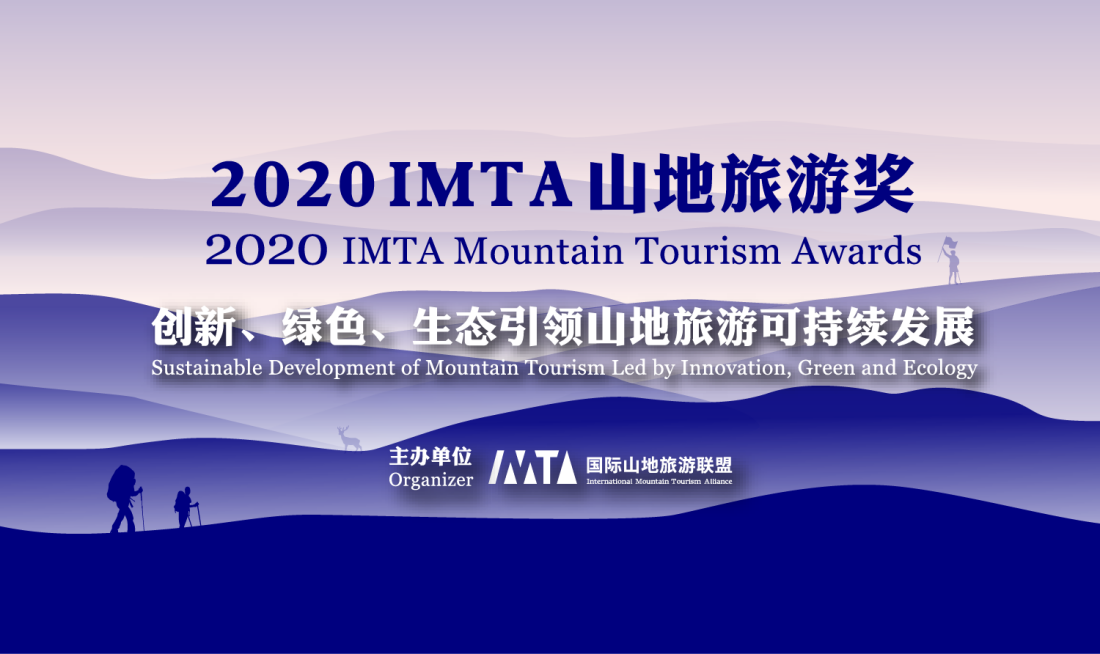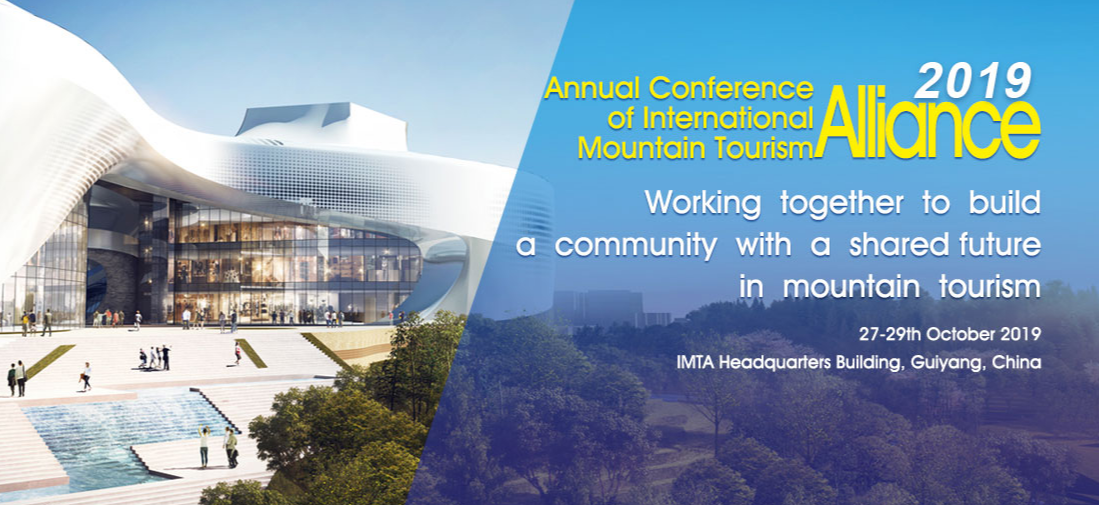
An aerial view of Wuzhen, East China's Zhejiang Province Photo: VC
From many perspectives, Wuzhen, in East China's Zhejiang Province, a town with thousands of years of history, is not a name that automatically comes to mind when poverty and backwardness are mentioned. Even without considering its rich cultural history and connections to many famous figures, in the last few decades, it has become a well-planned tourist attraction known to most Chinese people.
As a typical ancient water town in the Jiangnan region, Wuzhen has a history spanning over 7,000 years and has been an established center for over 1,300 years. In the 1990s, the local government started to renovate the ancient town. The 21st century marked Wuzhen's transformation into one of the most popular tourist attractions in the region.
However, beyond the bustling tourist area, Wuzhen was rarely associated with "modernization" in any comprehensive way for a period of time. Outside the scope of the tourism industry, many people still lived in old villages in their old lifestyles.
This situation, however, began to change in June 2003 with the implementation of Zhejiang's Green Rural Revival Program, which plans to renovate about 10,000 incorporated villages and transform about 1,000 central villages among them into examples of moderate prosperity in all respects.
Xi Jinping, then secretary of the CPC Zhejiang Provincial Committee, promoted and deployed this modernization project to address the problem of imbalanced urban-rural development, creating a new development path for beautiful villages.
From duck farming to bamboo weaving
Chenzhuang village, like many other ordinary Chinese villages, had a long-term reliance on the animal husbandry and breeding as its main industry. "Chenzhuang used to be a specialized duck farming village, and every household would raise ducks on a fairly large scale," said Shen Siyuan, a member of the Chenzhuang village committee, to visiting Global Times reporters. "But the odor and waste generated by duck farming had a significant impact on the village's environment."
Transitioning from the backward poultry breeding ground to a traditional bamboo weaving craft was a long-term consideration by the village committee.
After closing down the environmentally damaging duck farms, many villagers joined the handicraft workshops of several bamboo weaving families in the village. In the workshops, the Global Times saw many villagers chatting and skillfully weaving bamboo items. Technical discussions or sharing sessions about bamboo weaving are routinely organized or spontaneously held among the villagers. When showing their bamboo weaving works to the Global Times, many of the former farmers turned bamboo artisans had proud smiles on their faces.
The village's leader in bamboo weaving, who is an inheritor of the craft, Qian Jihuai quit his job working for a company and followed his father, Qian Xinming, to engage in bamboo weaving full time in 2007, in the era of the decline of bamboo weaving in Wuzhen.

Craftsmen work on bamboo weaving handicrafts in the Zhuyun Workshop in Wuzhen, East China's Zhejiang Province, on June 14, 2023. Photo: Pang Yue/GT
He came up with the idea of linking bamboo weaving with Wuzhen's tourism industry, and applied for a store at a tourist attraction and then tried to weave some Chinese characters out of bamboo as tourist souvenirs. It turned out that tourists loved these novel souvenirs.
Qian and his father therefore saw this as a new path to promote bamboo weaving and began developing related products. They traveled to other towns in China with a tradition of bamboo weaving and studied and researched extensively on the development of bamboo weaving in other countries.
"We gradually discovered that there was a lot of room for the expansion of bamboo weaving as an art," Qian said. He set up his own bamboo weaving studio with his father and brother, brought systematic bamboo weaving classes to schools, and introduced bamboo weaving skills to more people through online livestreams. In his studio, the Zhuyun Workshop, 15,000 visitors study bamboo weaving and take part in learning experiences every year. The workshop features many works of his fellow villagers, many of whom work there for a living.
According to Qian, the sense of happiness generated by social recognition is a new thing for many villagers who have been engaged in the poultry breeding industry for generations, but it has become an important part of achieving common prosperity in modern rural areas.
Such workshops are parts of an innovative project in Zhejiang that helps low-income groups increase their income. Currently, more than 7,000 such workshops have been established in the province, employing more than 340,000 people, with an average monthly income increase of about 2,600 yuan ($368) per person.
After the leveling of the land and the greening transformation, Chenzhuang has also built a leisure park in the village and a free library for villagers to read and check out books in the center of the village. When villagers recall their previous lives of duck farming to the Global Times, they find it hard to believe the changes.
From small towns into high-tech parks
Thanks to the Green Rural Revival Program, the image of the countryside has been comprehensively lifted in Zhejiang. A total of 2,170 featured villages and over 3 million beautiful rural courtyards have been built, according to the Xinhua News Agency.
In 2011, the program entered the stage of creating high-quality and beautiful villages. The integration of "lucid waters and lush mountains" into the new lives of the people of Zhejiang, as well as the significant changes in the environment, and the government's tremendous support for external talents, have attracted many investors and high-tech entrepreneurs.
In a high-tech park in Wuzhen, Global Times reporters met Jiang Jianguo, who used to work in display technology research in Silicon Valley, and has chosen to start a business in Wuzhen in 2019.
"When we planned to build a factory, we had high requirements and needed a very high-end purification workshop, and the local government helped us solve these problems with great seriousness," Jiang said. "This made us determined to establish our company in Wuzhen."
The high-end manufacturing industry in the field of electronic flexible screens created by Jiang has created new job opportunities and demonstrated the vitality of cutting-edge innovation and technology in this small town of Wuzhen, inducing the return of many young people who had migrated for work.
"In the past, if you wanted to find a good job, you had to go to first- or second-tier cities," said Shen Guyu, a young company employee, to the Global Times. "Now, you can work in high-tech enterprises in your hometown, and commuting is also very convenient."

An employee checks a ffexible metal mesh touch sensor at the lab at FlexTouch Technologies Co. in Wuzhen, East China's Zhejiang Province on June 13, 2023. Photo: Pang Yue/GT
Some employees also expressed their expectations for more high-tech enterprises in small towns. "After having a second child, my partner and I hope to leave the big city and return to our hometown for the sake of our children," said another employee, Wang Hua. The landing of these high-tech enterprises in Wuzhen makes it possible for them to engage in cutting-edge industries in their hometowns.
By the end of 2022, Zhejiang had registered 9.43 million operating entities, to which the private economy contributed 67 percent of the province's GDP, 71.7 percent of tax revenue, and 87.5 percent of employment. The booming private sector has provided unprecedented opportunities for young people in villages and towns to increase their income, find employment, and to produce new ideas.
In 2021, Zhejiang's Green Rural Revival Program entered the "creating future and achieving common prosperity" stage. The boundaries between urban and rural areas have gradually disappeared, and the foundation for sustainable development has become more solid.
In Shufeng village, Wuzhen, one can feel the gradual birth of a future village.
When Global Times reporters arrived at Shufeng village, villager Yu Liqin was preparing to build a new house, and village official Jiang Chao had agreed to measure the homestead with her in a very unconventional way.
Jiang demonstrated the various conditions of his homestead through the intelligent management system to Yu. With the help of aerial footage and the demonstration system, they quickly determined the required data. "In the past, it might have taken us half a day to measure on-site, but now, with this system, we can complete it in just a minute," Jiang said.
In 2022, Shufeng village was selected as one of the first provincial-level pilot "future villages" in Zhejiang. They began using digital technology to create a sustainable rural area, and the fully automated intelligent system started assisting villagers in their daily lives and work. Subsequently, a high-tech seedling base was established in Shufeng village. Villagers could either lease their land to the base or work as employees there.
Inside the 30,000-square-meter intelligent greenhouse in the village, the Global Times encountered Li Jingquan, a villager come employee who was testing a 5G inspection robot. This intelligent greenhouse integrates various new technologies such as artificial intelligence, the Internet of Things, cloud computing, and big data. On a large display screen, the growth status of all plants and intelligent suggestions are shown. Additionally, an intelligent seedling planter is available to quickly and accurately transplant seedlings.
"With the help of this technology, the seedlings we cultivate are stronger and have a higher survival rate than before, allowing villagers who are engaged in planting to continuously increase their income and production," Li said.
By 2025, Zhejiang plans to build over a thousand "future villages" and narrow the gap between the highest and lowest per capita disposable income within the province to within 1.55, truly reducing the gap between rural and urban areas.
In Wuzhen, the villages and high-tech enterprises the Global Times reporters see are a reflection of the transformation of Zhejiang's villages under the guidance of the Green Rural Revival Program over the last 20 years.
During this period, the urban and rural areas of Wuzhen have developed in tandem, and each village has seized upon its own characteristics and embarked on its own path.
Twenty years later, when people think of Wuzhen again, they will think not only of the tourist attraction, but also of the annual World Internet Conference, theater festival, unique rural life, and attractive investment and employment prospects, which provide a vivid model for the modernization and development of more small towns.














